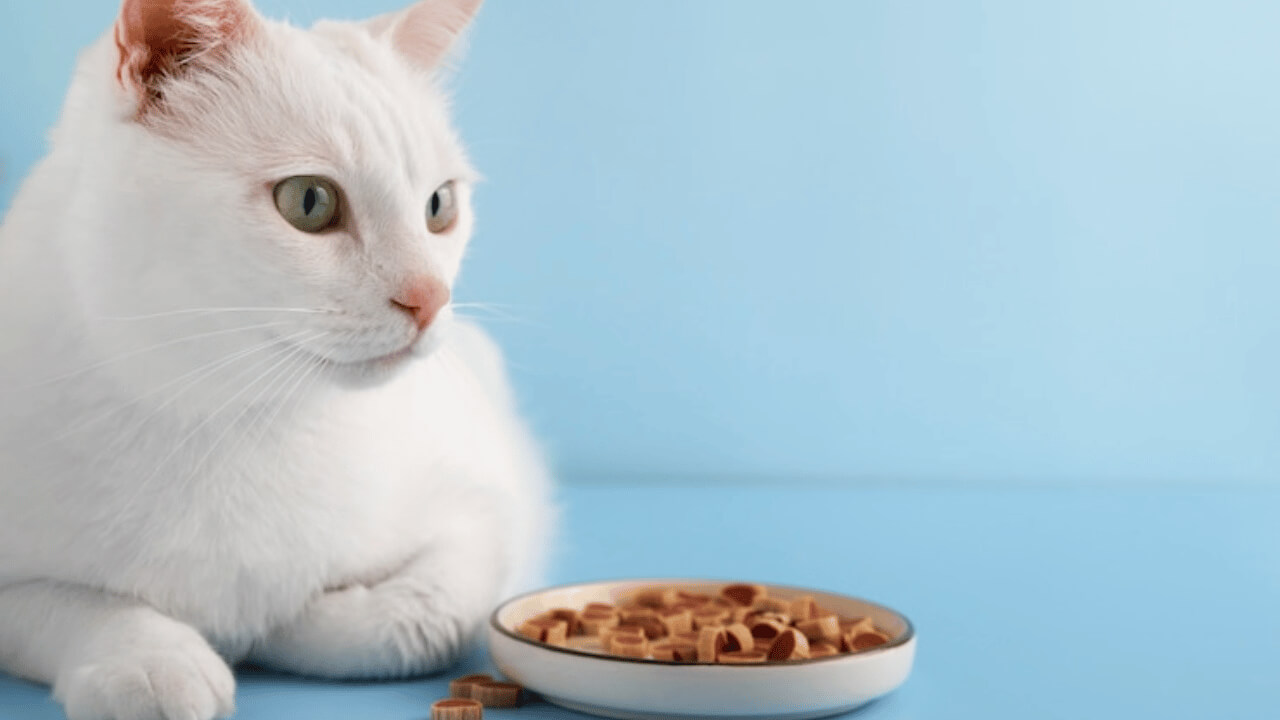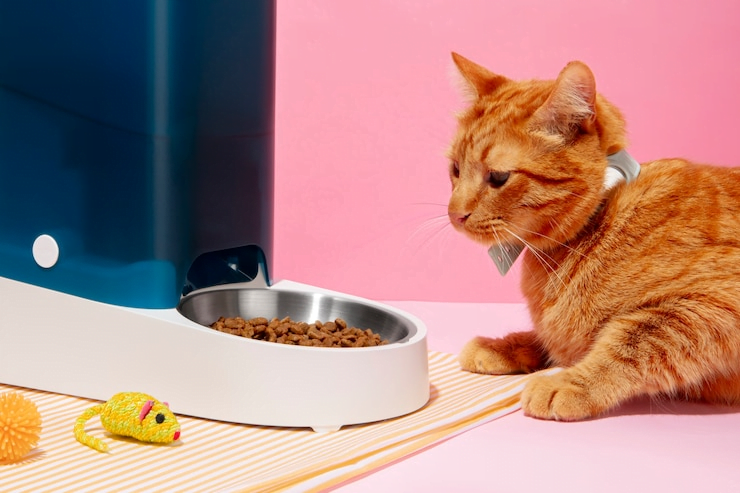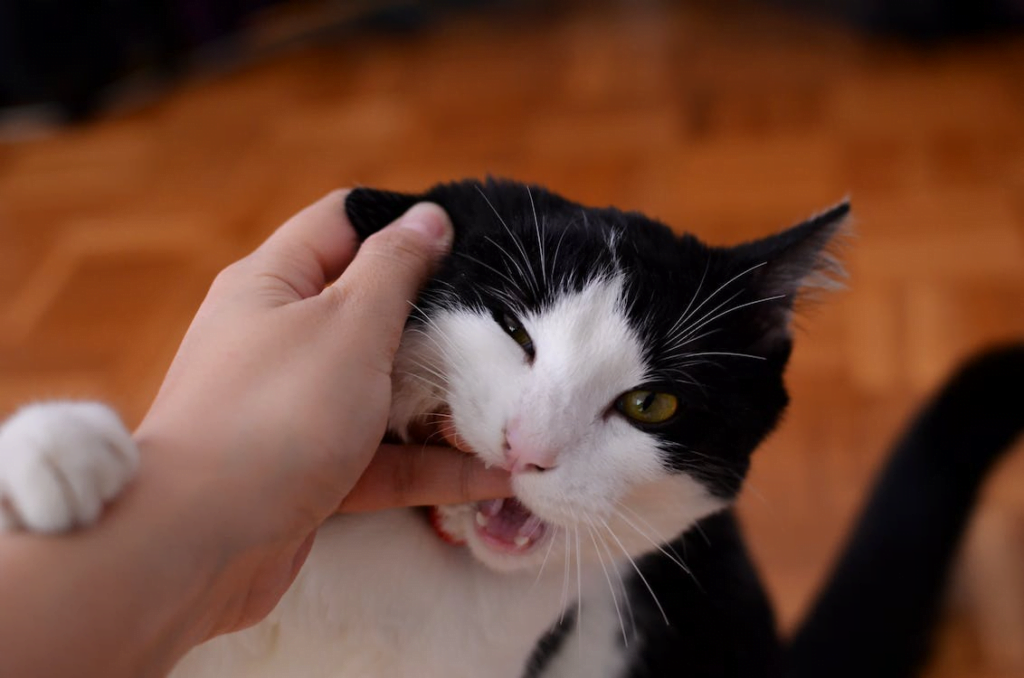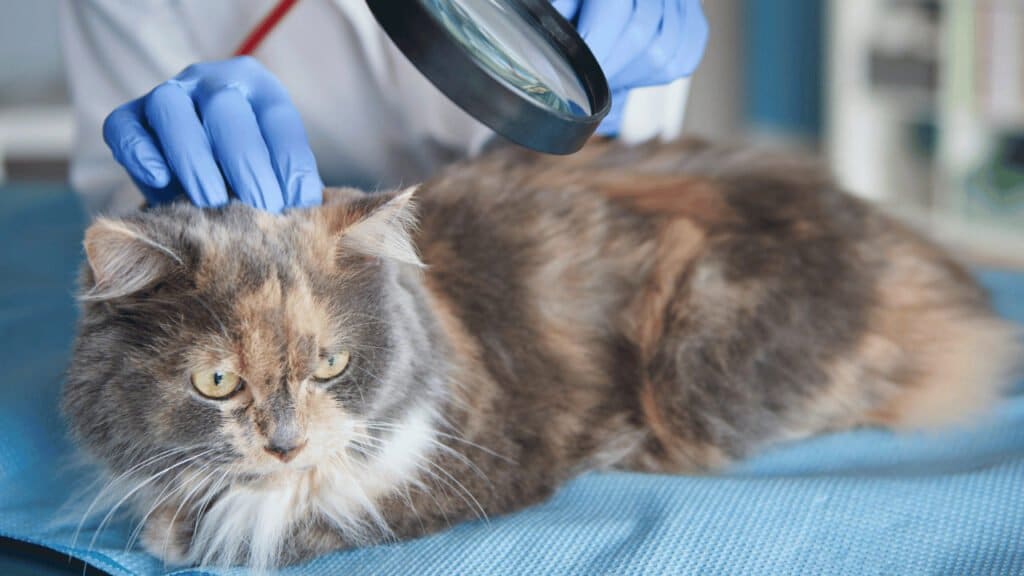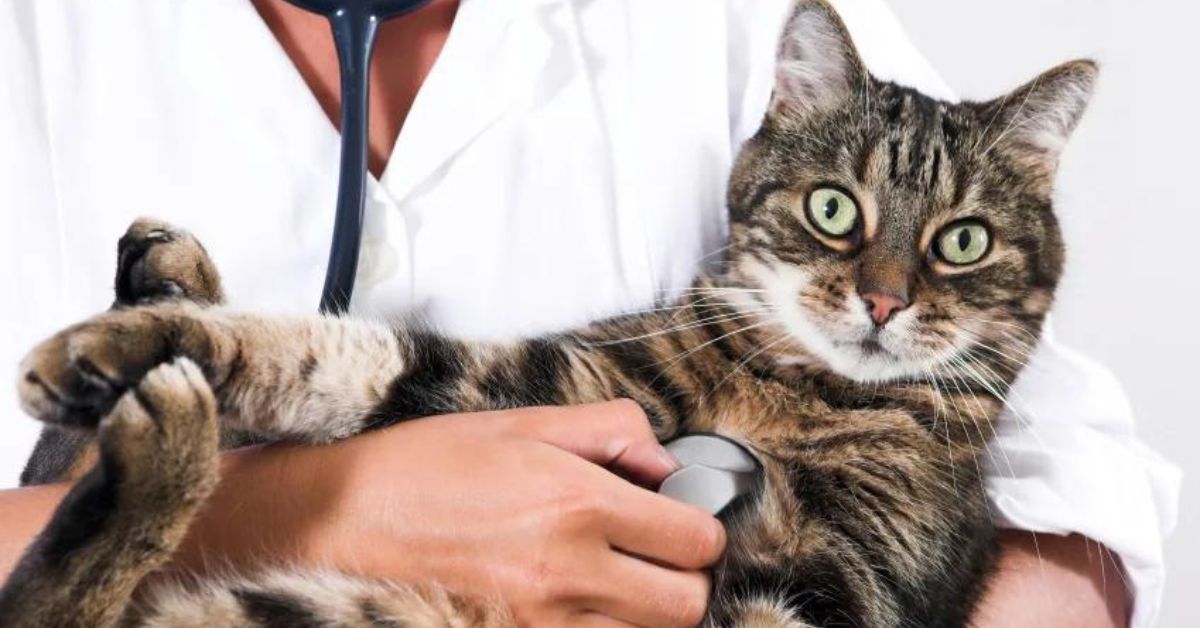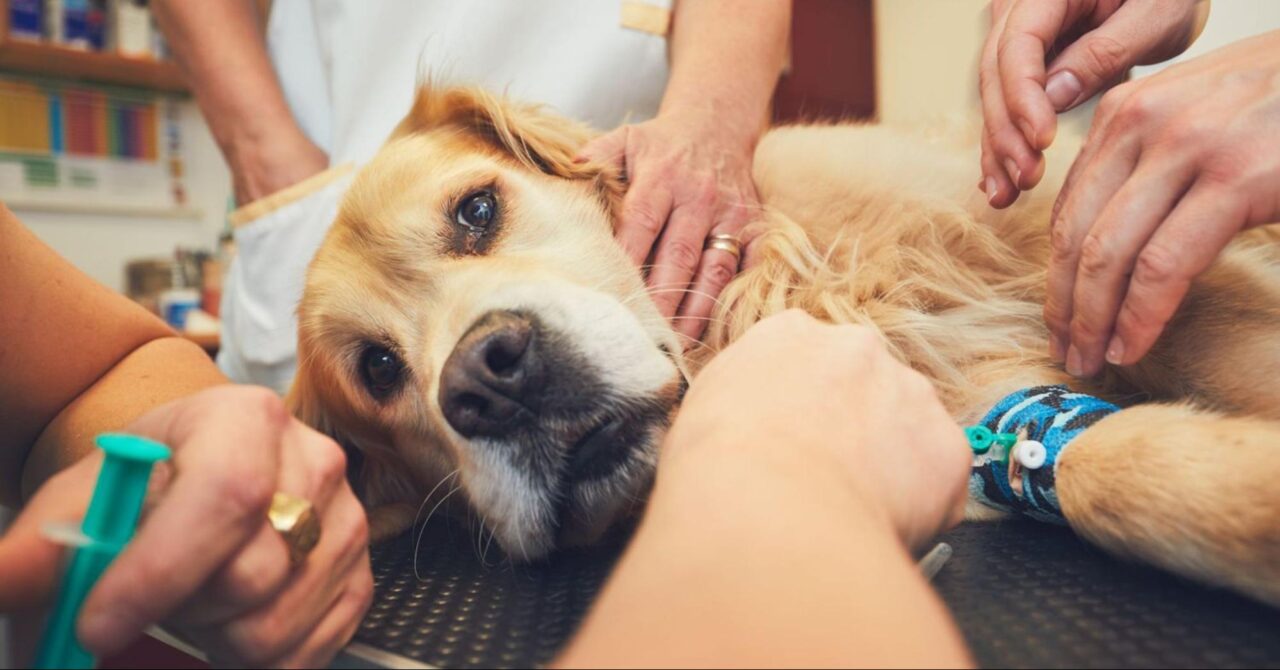Kidney Failure in Cats When to Euthanize, also known as chronic kidney disease (CKD), is a prevalent and distressing condition in older cats. The kidneys gradually lose their ability to filter waste products from the bloodstream, resulting in a buildup of toxins that can severely impact a cat’s overall health and quality of life. As a cat owner, one of the most heart-wrenching decisions you may face is determining when it’s time to consider euthanasia for a beloved pet suffering from advanced kidney failure.
Navigating this decision requires a deep understanding of the disease’s progression, symptoms, and impact on your cat’s well-being. While there are treatments available that can help manage the disease and improve quality of life, there comes a point when the treatments may no longer be effective, and the cat’s suffering outweighs the benefits of continued medical intervention. Common signs that indicate a decline in quality of life include persistent pain, extreme lethargy, loss of appetite, significant weight loss, and difficulty in performing basic functions such as eating, drinking, and urinating.
Consulting with a veterinarian is crucial in making an informed decision. They can provide valuable insights into the cat’s current health status and expected prognosis, helping you weigh the options compassionately and objectively. The goal is to ensure that your cat’s final days are as peaceful and comfortable as possible, making euthanasia a humane and caring choice when the suffering becomes untenable. This introduction aims to guide you through the factors to consider, helping you make this difficult yet critical decision.
Kidney Failure in Cats When to Euthanize
Kidney Failure in Cats When to Euthanize challenging journey for pet owners. As the disease progresses, the symptoms of kidney failure such as weight loss, loss of appetite, and reduced kidney function become more severe, significantly affecting your cat’s quality of life.
In cases of chronic kidney disease, monitoring phosphorus levels and implementing fluid therapy are critical aspects of the treatment plan. However, when a cat with kidney disease reaches end-stage kidney failure, where even advanced stages of treatment options fail to provide relief, euthanasia may be considered a compassionate choice.
This tough decision, although difficult, can prevent further suffering and is often seen as a compassionate choice to alleviate the pain associated with advanced kidney disease. Consulting with your veterinarian to assess the progression of kidney disease and overall life expectancy can help you make this difficult decision with confidence and care.
When to Euthanize a Cat With Kidney Disease
Knowing when to euthanize a cat with kidney disease is a challenging decision for pet owners. Chronic kidney disease significantly impacts a cat’s quality of life, with symptoms of kidney failure such as weight loss, loss of appetite, and decreased kidney function becoming more pronounced as the disease progresses.
Advanced stages of the disease in cats may involve elevated waste products in the blood, poor bodily functions, and unmanageable blood pressure. Despite treatment options like fluid therapy and dietary adjustments to control phosphorus levels, a cat with kidney failure may reach a point where these measures no longer provide relief.
When a cat with kidney disease enters end-stage kidney failure, where the symptoms of kidney disease severely compromise their life expectancy and comfort, it may be time to consider euthanasia as a compassionate choice. Evaluating the stage of kidney failure and consulting with your veterinarian can help in making this difficult decision, ensuring your cat does not endure unnecessary suffering.
How Long Can a Cat Live With Kidney Disease?
The life expectancy for cats diagnosed with chronic kidney disease (CKD) varies dramatically, depending on the stage of the disease and the treatment options chosen. Here’s a general guideline: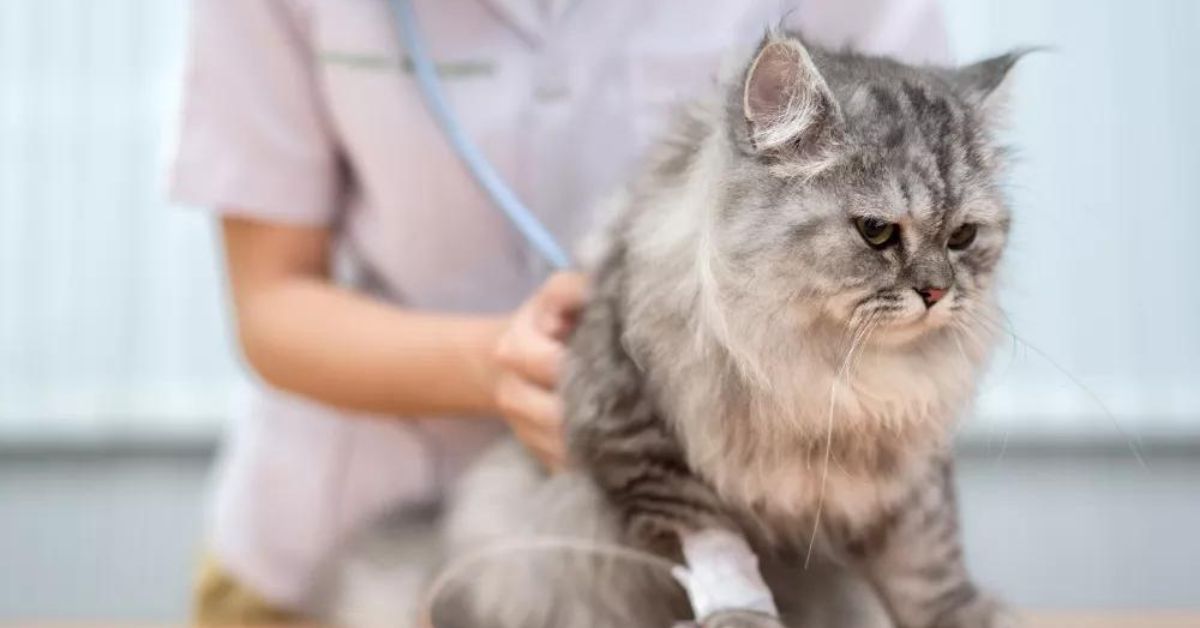
- Early stages (Stage 1 or 2): With proper treatment, cats can live for several years, approximately 3 years on average. Early detection and intervention are key to managing CKD and improving your cat’s quality of life.
- Later stages (Stage 3 or 4): The prognosis becomes more guarded as the disease progresses. Cats in these later stages may only live for months to a year, or even just weeks.
Here are some factors that can influence a cat’s lifespan with CKD:
- Age: Younger cats tend to have a better prognosis than older cats.
- Overall health: Cats with other underlying health conditions may have a shorter lifespan.
- Severity of the disease: The faster the kidney function declines, the shorter the life expectancy.
- Treatment: Treatment can help slow the progression of the disease and improve your cat’s quality of life.
If you are concerned that your cat may have kidney disease, it is important to see a veterinarian for diagnosis and treatment. Early detection and intervention are essential for improving your cat’s prognosis.
When to Put a Cat With Heart Failure Down
The decision to euthanize a beloved pet is never easy, and heart failure in cats presents a particularly difficult choice. Quality of life is paramount. If your cat experiences chronic weight loss, loss of appetite, struggles to breathe, or withdraws from activities they once enjoyed, it may be time to discuss euthanasia with your veterinarian.
They can assess your cat’s stage of heart failure, kidney function (as heart failure can worsen chronic kidney disease), and response to medications like blood pressure control. Ultimately, the goal is to prevent suffering. Compassionate euthanasia ensures a peaceful passing when a cat’s heart failure has progressed to a point where a good quality of life is no longer attainable.
How to diagnose kidney failure in cats
Diagnosing kidney failure in cats involves a combination of clinical signs, laboratory tests, and veterinary evaluation. Here’s how to recognize and address this condition: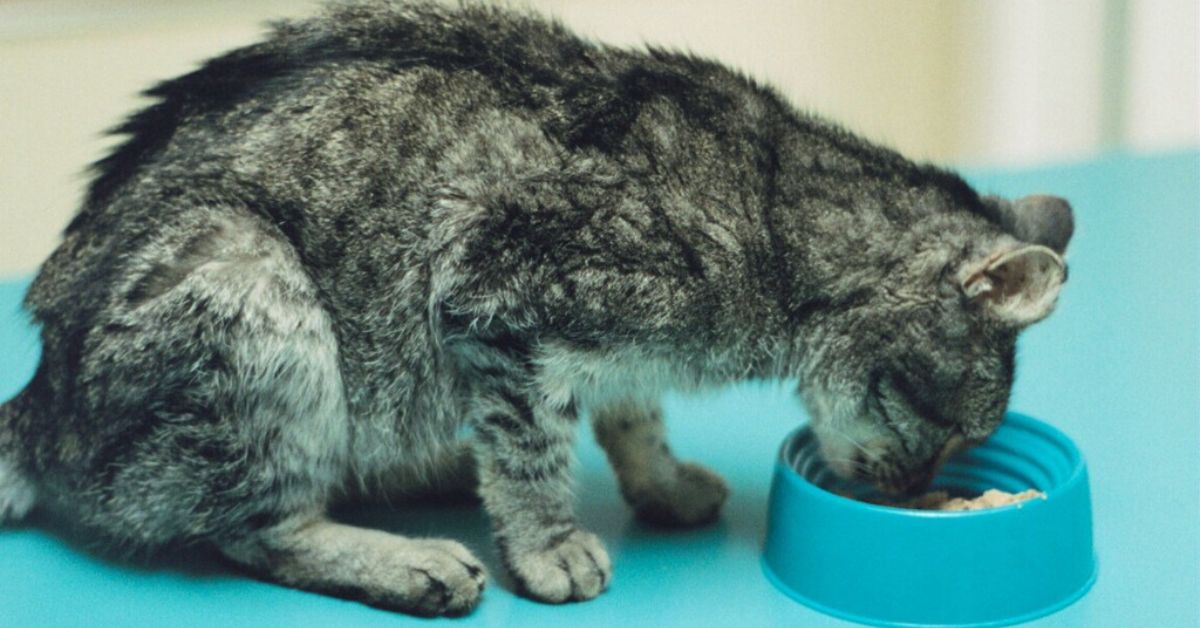
- Observing Symptoms: Pay attention to frequent urination, increased water consumption, and urinating outside the litter box. These signs may indicate kidney issues.
- Physical Examination: Visit your veterinarian for a thorough physical exam. They’ll assess your cat’s overall health, check for weight loss, and evaluate hydration levels.
- Bloodwork and Urinalysis: Blood tests help assess kidney function, detect anemia, and evaluate waste product levels. Urinalysis provides insights into urine concentration and potential infections.
- SDMA Test: This newer test can detect kidney problems earlier than traditional bloodwork. It’s especially useful for identifying issues before clinical signs appear.
- Imaging: X-rays or ultrasound may be recommended to visualize the kidneys and identify any abnormalities.
Remember, early detection and proper management can improve your cat’s quality of life and extend their lifespan. If diagnosed, work closely with your vet to create a treatment plan that includes fluid therapy, dietary adjustments, and monitoring phosphorus levels. While it’s a tough decision, compassionate choices can enhance your cat’s well-being during advanced stages of kidney disease.
What causes kidney failure in cats?
Kidney failure in cats can result from various factors, impacting their quality of life and overall health. Let’s explore the causes:
- Infection: Kidney infections can compromise renal function and contribute to kidney failure.
- Poisons: Toxic substances like antifreeze, certain plants (such as lilies), pesticides, and human medications can harm the kidneys. Even a small amount of ibuprofen can be dangerous.
- Trauma: Injuries, especially those affecting the pelvis or bladder, may lead to acute renal failure.
- Blockages: Cats unable to urinate due to ureteral or urethral blockages can experience kidney damage.
- Kidney Stones: These mineral deposits can obstruct urine flow and harm kidney tissue.
- High Blood Pressure: Hypertension strains the kidneys over time, contributing to chronic kidney disease.
- Heart Failure and Low Blood Pressure: Reduced blood flow to the kidneys affects their function.
Remember, early detection and prompt veterinary care are crucial. If your cat shows signs like frequent urination, increased water consumption, or urinating outside the litter box, seek professional advice promptly to improve their prognosis and well-being.
Conclusion
Kidney failure in cats is a severe condition that requires careful management and consideration of their quality of life. As chronic kidney disease progresses, evaluating treatment options and consulting with your veterinarian are crucial. Ultimately, when advanced kidney disease severely impacts your cat’s well-being, euthanasia may be a compassionate choice to prevent further suffering. Making this difficult decision with care and support is essential for both you and your pet.
FAQ
What is end stage kidney failure in cats?
Cats with end-stage kidney failure may exhibit dull, sunken eyes, difficulty walking, body odor, urinary or stool incontinence, refusal to eat or drink, convulsions, disorientation, restlessness, pacing, withdrawing, hiding, and running away.
How long after kidneys fail is death?
Depending on their overall health, the severity of their symptoms, and the amount of renal function they still have, people with kidney failure may live for days to weeks without dialysis.
What is the first organ to shut down when dying?
The gut system is the first organ system to “close down.” It takes a lot of labor to digest! Really, food processing has not been necessary in the last few weeks in order to create new cells. There are other uses for the energy.
What is the last stage in a cat’s life cycle?
Six distinct life stages for cats are recognized: kitten, junior, adult, mature, senior, and super senior. Each stage presents unique health challenges. Cats’ medical needs vary as they age.

